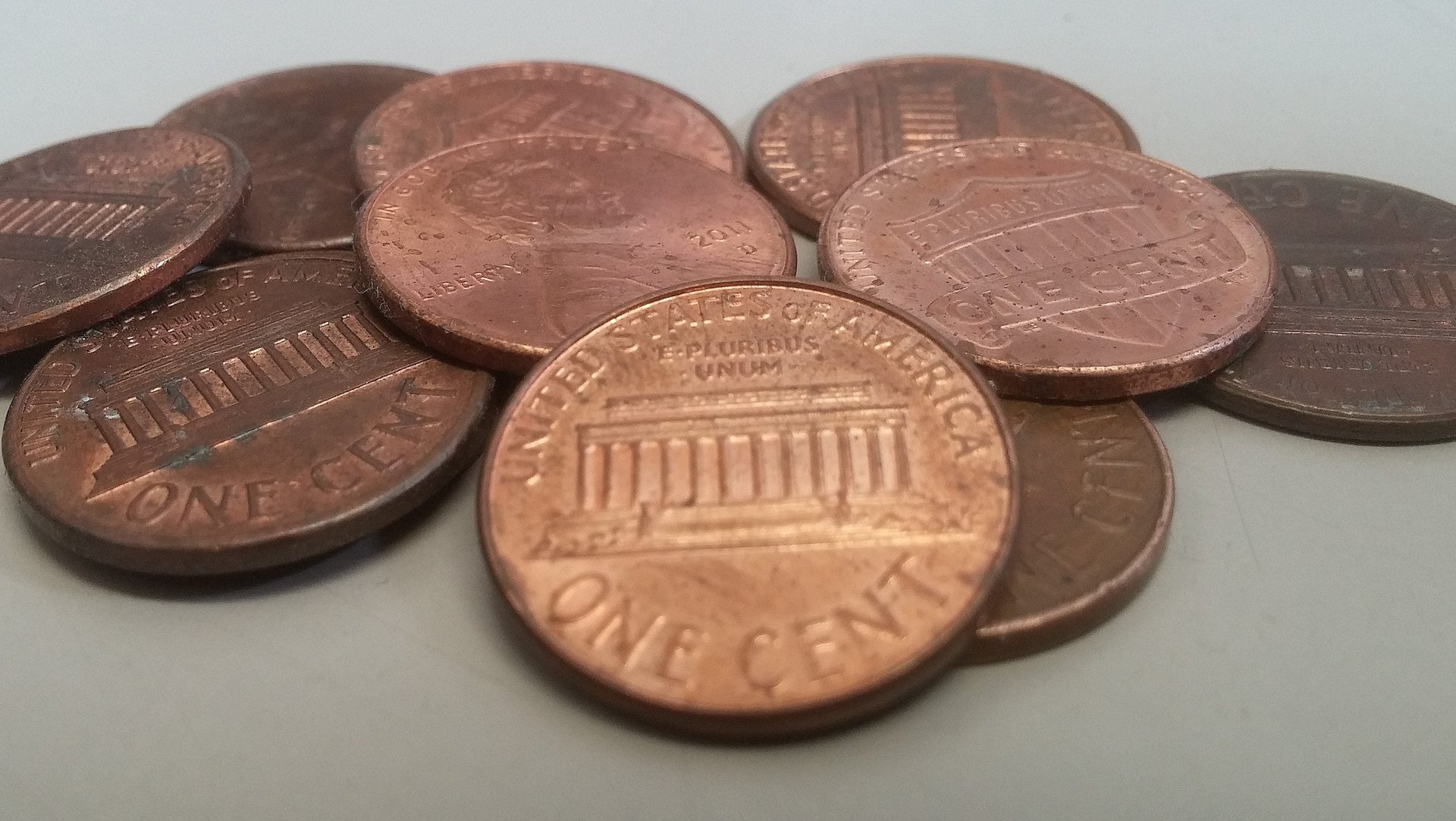Pop quiz: Would you rather have $10 million, or a penny you could double every day for a month?
Would you rather have $10 million, or the amount you’d get from doubling a penny every day for a month (so on the first day you’d have one cent, on the second two cents, the third four cents, etc.)?


Would you rather have $10 million, or the amount you’d get from doubling a penny every day for a month (so on the first day you’d have one cent, on the second two cents, the third four cents, etc.)?
If the answer isn’t obvious to you, you’re not alone. It’s a question that rests on how well you understand compound interest, the miraculous tool of finance that can lead even math whizzes astray. Small differences quickly become big ones when compounded, so estimating and rounding—tricks that normally help us with simple calculations—can throw numbers wildly off.
“Almost everyone is bad at this,”says Dan Siciliano, a Stanford law professor and a former startup CEO who gives seminars in corporate finance. ”Our normal method of eyeballing in compounding really doesn’t work.”
The power of compounding is why people are urged to start investing at a young age—investing $100 a month at age 25 will yield you twice as much at age 65 than if you started at age 35—and the mental gymnastics required to understand it helps explain why so few do.
Even financial professionals get it wrong. When Groupon, an Internet darling five years ago, prepared to go public in 2011, it warned in its IPO prospectus that the company’s 154% quarterly growth rate for revenue “may not” be sustainable. That didn’t stop investors from assuming that rate would continue for years, although the math showed that its 2011 second-quarter sales of $644 million growing at that rate would multiply into $120 trillion, more than the global GDP, by the middle of 2014. Even a conservative estimate of a quarterly growth rate of 30% would put annual revenue at $20 billion, more than Facebook or Starbucks recorded last year.
Compounding can be an issue in public policy, as well, when officials project budgets or growth rates decades into the future. Politicians may shrug off a 1% difference in costs, but its impact could be substantial in 30 years.
“The place where you’re most likely to see compounding not played out correctly is assumptions around entitlements and the overall growth of something,” Siciliano said. “A policy maker may say ‘we hope to grow the college population by x percent.’ It sounds modest if you say 3% but if you map that over a generation, you’re going to be making a big promise.”
By now, you’ve probably guessed the answer about whether to take the $10 million lump sum or the penny that compounds over a month. But it’s actually a trick question, because the length of the month matters tremendously. A 30-day month will yield you $5.37 million, while a 31-day month generates $10.7 million. Small differences can have a big impact in compounding.
And if you held on to the doubling penny for two months? You’d have a cool $23 quintillion, or $23,058,430,092,136,900.